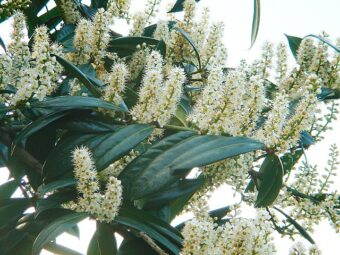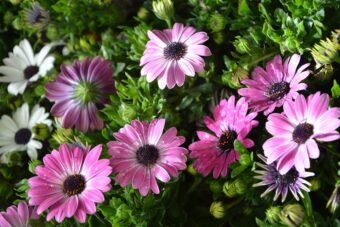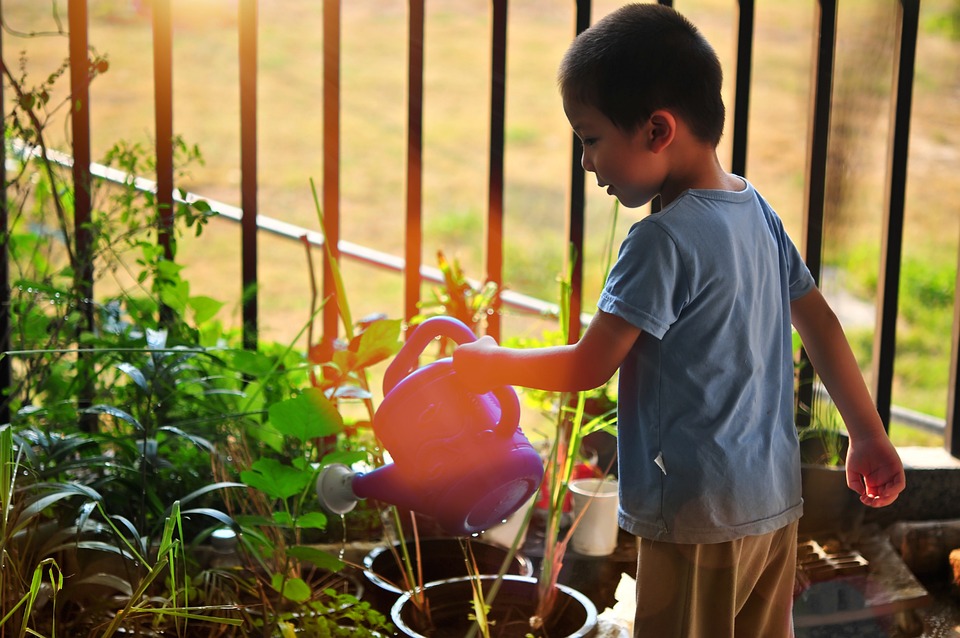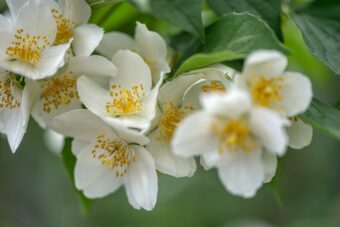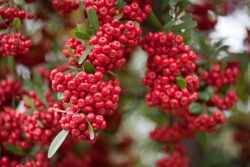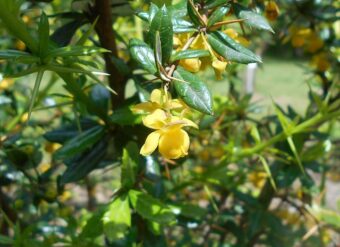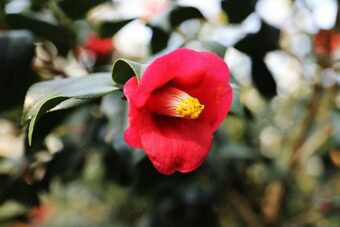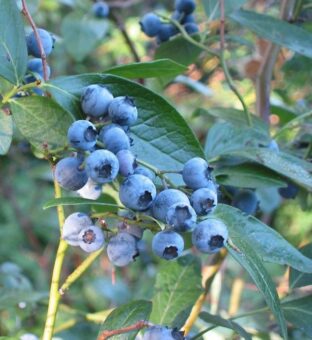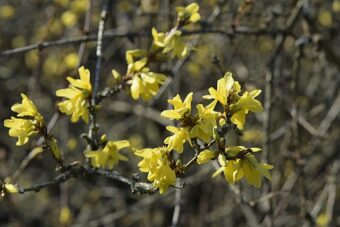In this article, we will discuss how to grow the smaller species of Prunus in Containers. All of us are familiar with the flowering Prunus trees that are commonly called ‘Flowering Cherries’ and the fruit trees of Plums, Cherries, Nectarines, Peaches, Almonds and Apricots. These are often large and unyielding trees, often not suitable to be grown in containers, but they are, however, various shrubby forms that can be grown in containers. They are mainly grown as shrubs that are used in borders and hedges, and those species include Prunus laurocerasus, the common Laurel, and Prunus lusitanica, the Portugal Laurel, …
Creating Window Boxes with Instant Spring Displays
as Spring is now fast approaching rapidly and in this article, we will discover how simple it is to create a stunning spring display in window boxes. In spring, when we are coming out of the dreary, cold winter, we want some instant impact and one of the simplest to do is plant a window box display that will certainly brighten up your day.
By using ready-purchased plants that are coming into flower then it will only take a few minutes to create one that is full of colour under your windowsill.
Containers will satisfy those who tend to impulse …
Creating a Display of Colourful Plants in a Green Window Box
In this article, we discuss how a green painted traditional coloured window box can be used to brighten up any gates. Green tends to recreate the colour of the leaves and is one colour that can be guaranteed to go well with any plant, you wish to use.
You can experiment with different shades from leafy greens, pale yellow-green, bronze-green, silvery sea-green to deep blue-green.
Be imaginative as you do have many plants of different shades and tints of green that you can use.
Team the container with plants whose leaves echo the shades that you have painted the window …
Creating a Child’s Window Box
In this article, we will discuss how to create a simple Child’s window box, which they can create with the help of an adult.
As said previously in an article the secret of making gardening fun for children is to find a way for them to get instant results with very little effort. We all know children like to watch seeds germinate, which is a good way of teaching them patience.
They may want the results yesterday but they can overcome this impulse.
Ideal seeds to use are Nasturtiums, Candytuft, Zinnia, Cosmos, Marigolds, dahlia, and pot marigold. They …
Growing Philadelphus in Containers- Growing Mock Orange
In this article, we will discover how to grow the firm favourite of Philadelphus or Mock Orange in containers. Philadelphus is a genus of around 60 species of shrubs that belong to the Hydrangeacae (the Hydrangea) family. The shrubs in this genus grow anyway between 1 to 6m tall. Philadelphus are native to North and Central America, Asia and Southern Europe. The genus gets its name from the ancient King of Egypt Ptolemy II Philadelphus. The common name of Mock Orange comes about as the flowers have a strong orange-like fragrance.
The majority of Philadelphus are deciduous but a few …
Growing Pyracantha in Containers- Growing Firethorn
In this article, we will discuss how to grow the attractive berry-forming shrub of Pyracantha, the Firethorn, in containers. Pyracantha is from the Greek words ‘Pyr’ meanings ‘Fire’ and ‘Akanthes’ translating to ‘Thorn’. Hence, its common name of Firethorn. Pyracantha is a genus of 8+ species of large, evergreen shrubs that have long and very sharp thorns. It is a member of the Rosaceae (the Rose) family, which is found extensively from Southwest Europe to Southeast Asia.
At first glance, it may look like a cotoneaster, which is not surprising as they belong to the same family. The difference is …
Growing Berberis in Containers- Growing Barberry
In this article, we will discuss how to grow the beautiful flowering shrub of Berberis in containers. Berberis is a large genus of around 700 species in their own family of Berberidaceae (the Barberry). Berberis are deciduous or evergreen shrubs that grow between 1 to 5m tall. They tend to be easy to grow and will thrive in most soil conditions throughout the world. They grow in temperate regions and will grow in subtropical regions, where the only country not to report a native species, is Australia.
The genus is noted for its wide diversity amongst the genus, where it …
Camellia in Containers-Growing this Elegant Flowering Shrub
In this article, we will discover how to grow the beautiful flowering shrub of Camellia in containers. Camellia, some experts consider it to be the queen of all flowering shrubs, because of the display of flowers it produces. Camellia is a large genus of flowering shrubs where 220 species are described (the exact number is hotly contested) and 3000 hybrids are known, belonging to the Theaceae (the tea) family.
Camellia is found naturally growing all over Eastern and South Asia, especially from the Himalayas to Japan and Indonesia. It gets its name after the Botanist and Jesuit priest Georg Joseph …
Growing Vaccinium in Containers- Growing the other Shrubby members of the Blueberry Family
In this article, we will discuss how to grow the various members of the Vaccinium family in containers. Vaccinium is a common and widespread genus of shrubs that belongs to the Ericaceae (Heath) family. It is a large family where over 450 species are known to exist, and many of its fruits are edible in species. These include cranberries, blueberries, bilberries, cowberries, lingonberries and many more.
There are generally found growing through the Northern hemisphere but extending far south to the Malesia.
The plant structures vary from species to species where some are dwarf, whilst others grow up to 2m …
Growing Forsythia in Containers- Growing the Golden Bell Bush
In this article, we will be discussing how to grow the herald of spring, the Forsythia, in containers. When you think of forsythia, you think of large shrubs that cannot be possibly grown in containers, but the good news is that they are small species and varieties that will do well in containers.
Forsythia takes its genus name from William Forsyth, a Scottish botanist, who founded the Royal Horticultural Society. It is a relatively small genus of 11 species belonging to the Oleaceae (the Olive) family. It is mainly native to Eastern Asia, but there is one species found growing …

